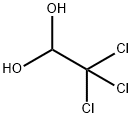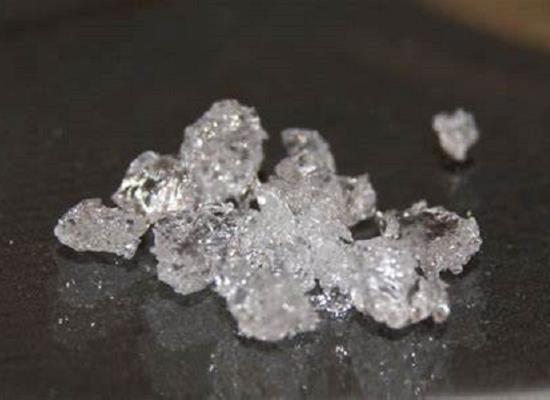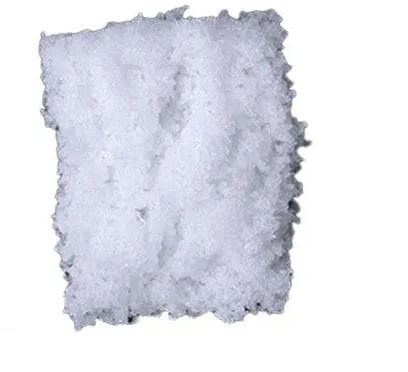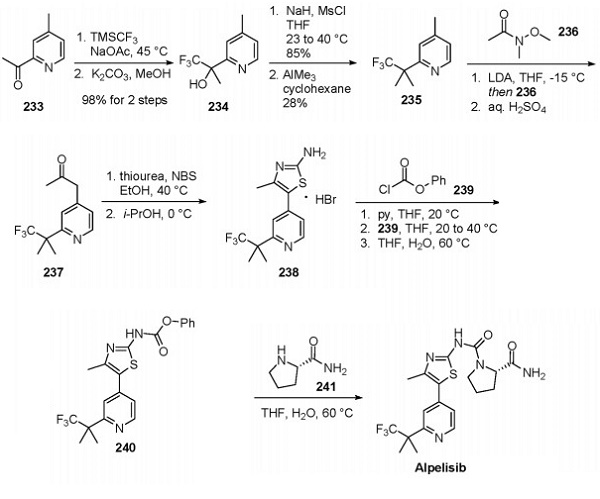Safety and Efficacy of Chloral Hydrate in Outpatient Pediatrics for Sedation
Introduction of Chloral Hydrate
Chloral hydrate is a clinical sedative drug used for the short-term treatment of insomnia and to relieve anxiety and induce sleep prior to surgery. It is also used for post-surgical pain and to treat alcohol withdrawal. It is taken orally with capsules and in liquid form and is inserted rectally as a suppository. Chloral hydrate is most commonly used as an oral sedative in children, but much of the available literature recommends the use of alternative sedatives for paediatric patients due to the greater risk of side effects. However, there is conflicting evidence on the efficacy of chloral hydrate and alternative sedatives.
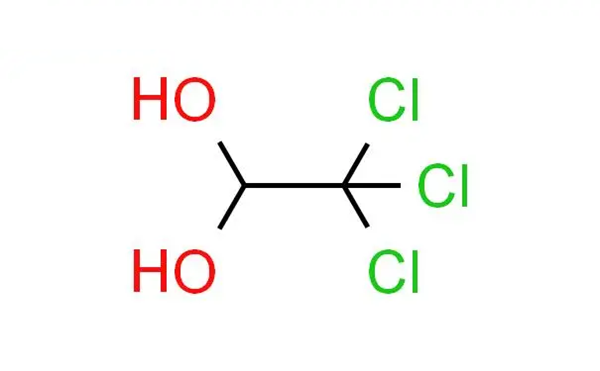
Safety and Efficacy of Chloral Hydrate
A retrospective study analysing data from paediatric outpatients who received an initial rectal dose of chloral hydrate for sedation showed that only two cases (3.7%) had minor adverse effects manifested as prolonged sleep. Retained enema sedation with chloral hydrate in paediatric patients with strict adherence to procedure has a high success rate and low risk of adverse effects and can be used safely and effectively in outpatient paediatrics.
Therapeutic doses of chloral hydrate are generally considered to have minimal effects on respiratory and cardiovascular function. In adults, the 20 mg/kg dose did not cause significant changes in arterial blood pressure or heart rate and changes in respiratory function comparable to natural sleep. Asthmatics may be more sensitive to the minimal respiratory depressant properties of chloral hydrate. The CO2 chemoreceptor response appears to be unchanged in infants administered chloral hydrate 50 mg/kg.
The primary pharmacological effect of chloral hydrate is central nervous system depression. Signs and symptoms following ingestion of increased doses of chloral hydrate progress from relaxation, drowsiness, somnolence and catalepsy to loss of consciousness and coma. Chloral hydrate has only minor cardiovascular effects in conventional doses. As the dose is increased beyond the therapeutic range, however, cardiovascular depression may occur. Chloral hydrate can precipitate cardiac arrhythmias in the sensitized heart and in the apparently healthy heart, and it may have been responsible for the reported death of a patient undergoing third molar extractions.
Studies of the effects of chloral hydrate for sedation on cardiopulmonary parameters in neonates have shown changes in SpO2, ETCO2, predicted apnoeic hypoventilation index, respiratory rate and heart rate after chloral hydrate was given. They remained within the normal range in most neonates, but interindividual variability was high in the study population.
Despite significant declines in use of chloral hydrate for procedural sedation across the country, local utilization of oral chloral hydrate remains high. Recent declines may be due to high-use clinical sites transitioning to alternative sedatives such as intranasal.
References:
[1] QIU R, HUANG G. Safety and Efficacy of Chloral Hydrate in Outpatient Pediatrics for Sedation[J]. Science Journal of Clinical Medicine, 2020. DOI:10.11648/J.SJCM.20200903.12.
[2] PETJA FISTER. Cardiorespiratory parameters in newborns during sedation with chloral hydrate.[J]. Turkish Journal of Pediatrics, 2020. DOI:10.24953/turkjped.2020.01.011.
[3] KIMBERLEY M FARR. Chloral Hydrate Sedation in a Dexmedetomidine Era.[J]. Hospital Pharmacy, 2020. DOI:10.1177/0018578719836639.
You may like
Related articles And Qustion
See also
Lastest Price from Chloral hydrate manufacturers

US $10.00/ASSAYS2025-08-17
- CAS:
- 302-17-0
- Min. Order:
- 1ASSAYS
- Purity:
- 99%
- Supply Ability:
- 1 ton
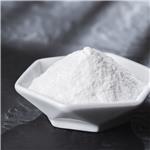
US $6.00/kg2025-04-21
- CAS:
- 302-17-0
- Min. Order:
- 1kg
- Purity:
- 0.99
- Supply Ability:
- 10000
